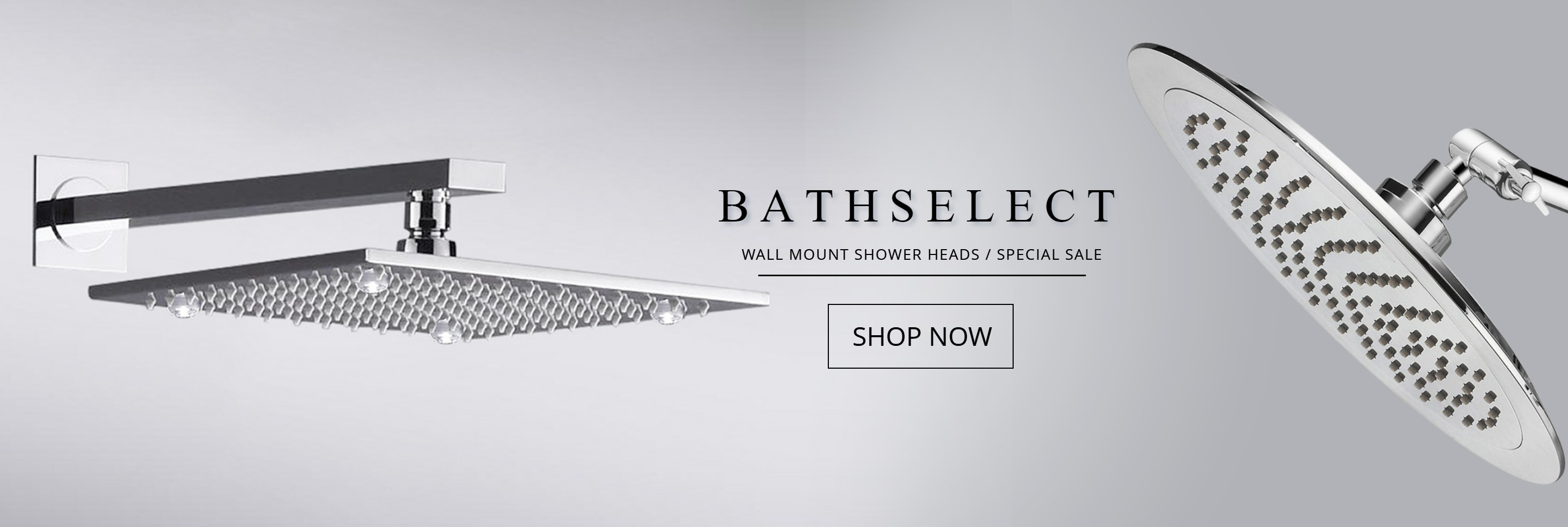Public Restrooms: Integrating Hygiene and Sustainability Considerations

In the realm of public restrooms, the incorporation of advanced hygiene and sustainability features is pivotal. Designing these spaces with a focus on both cleanliness and environmental impact contributes to a more responsible and user-friendly experience. Here’s how hygiene and sustainability considerations can be seamlessly integrated into public restroom design:
- Touchless Fixtures and Surfaces: Opt for touchless technology in faucets, soap dispensers, and hand dryers to minimize physical contact and reduce the spread of germs. Additionally, consider antimicrobial surfaces to enhance hygiene within the restroom environment.
- Water-Efficient Fixtures: Install water-efficient faucets, toilets, and urinals to promote water conservation. Utilizing sensor-based technology ensures that water is only used when necessary, contributing to both sustainability and cost savings.
- High-Quality Ventilation: Prioritize effective ventilation systems to ensure optimal air quality within the restroom. Adequate ventilation not only enhances hygiene by reducing odors but also supports a healthier and more comfortable environment for restroom users.
- Energy-Efficient Lighting: Implement energy-efficient lighting solutions, such as LED fixtures, to minimize energy consumption. Motion-sensor lighting can be employed to ensure lights are only active when needed, further contributing to sustainability efforts.
- Waste Management: Integrate proper waste segregation systems to encourage recycling and responsible waste disposal. Clear signage and easily accessible recycling bins promote user participation in sustainability initiatives.
- Low-Impact Materials: Choose materials with a low environmental impact for restroom fixtures and finishes. Consider recycled or sustainable materials that align with eco-friendly practices, contributing to the overall sustainability of the restroom design.
- Maintenance-Friendly Design: Design restroom spaces with easy maintenance in mind. Easy-to-clean surfaces and durable materials not only enhance hygiene by facilitating regular cleaning but also contribute to the longevity of fixtures, reducing the need for frequent replacements.
- User Education and Awareness: Promote user education on proper hygiene practices and the environmental impact of their actions. Display informative signage encouraging responsible water usage, waste disposal, and overall restroom etiquette.
- Accessibility Features: Ensure that the restroom is designed with accessibility in mind. Accessible facilities contribute to inclusivity, allowing individuals with diverse needs to use the restroom comfortably and independently.
- Green Certification: Consider pursuing green building certifications, such as LEED (Leadership in Energy and Environmental Design), to showcase a commitment to sustainability in restroom design. Certification can also serve as a benchmark for meeting specific environmental performance standards.
By weaving together hygiene and sustainability considerations in public restroom design, architects and designers can create spaces that prioritize user well-being, environmental responsibility, and overall public health.
BathSelect Contribution to Public Restrooms: Sustainability with Touchless Bathroom Faucets and Automatic Soap Dispensers
BathSelect is committed to enhancing sustainability in public restrooms through the implementation of touchless bathroom faucets and automatic soap dispensers. Here’s an overview of how these innovations contribute to environmental conservation and improved hygiene:
1. Touchless Bathroom Faucets
Key Features:
- Sensor Technology: BathSelect touchless faucets are equipped with advanced infrared sensors that detect hand movements to activate water flow, ensuring that water is only used when needed.
- Water Efficiency: These faucets are designed to reduce water wastage significantly. According to the EPA, sensor-activated faucets can save up to 30-50% more water compared to traditional manual faucets (USGS) (US EPA).
- Durability and Design: Made from high-quality materials such as stainless steel and brass, these faucets are not only durable but also aesthetically pleasing, making them suitable for high-traffic public restrooms.
Sustainability Benefits:
- Water Conservation: By controlling the water flow duration and reducing the amount of water used per hand wash, touchless faucets help conserve water, a crucial factor in sustainability efforts.
- Energy Savings: Reduced water usage also means less energy is required to pump and heat the water, further decreasing the overall environmental footprint.
2. Automatic Soap Dispensers
Key Features:
- Touchless Operation: Like the faucets, BathSelect’s soap dispensers use infrared sensors to dispense soap automatically when hands are placed under the nozzle.
- Adjustable Settings: These dispensers allow for adjustable soap dispensing volumes, which helps in reducing soap wastage.
- Stylish Designs: Available in various finishes and styles, they can complement any restroom decor while maintaining functionality and sustainability.
Sustainability Benefits:
- Reduced Soap Waste: Automatic dispensers ensure that only the required amount of soap is used per hand wash, minimizing wastage and reducing the frequency of refills.
- Enhanced Hygiene: By eliminating the need for touch, these dispensers reduce the spread of germs and bacteria, promoting a healthier environment in public restrooms.
Comprehensive Benefits
Environmental Impact:
- Lower Resource Consumption: The combined use of touchless faucets and automatic soap dispensers significantly reduces the consumption of water and soap, key resources in restroom maintenance.
- Reduction in Waste: By minimizing wastage of water and soap, these devices contribute to a reduction in the waste generated in public restrooms, aligning with broader sustainability goals.
Economic Impact:
- Cost Savings: Over time, the reduction in water and soap usage translates to substantial cost savings for facility operators. This is particularly beneficial in high-traffic areas where usage is constant.
- Maintenance Efficiency: The durability and reliability of BathSelect products mean fewer replacements and repairs, further reducing long-term costs.
Hygiene and User Experience:
- Improved Hygiene: Touchless technology reduces the risk of cross-contamination, making public restrooms safer and more hygienic.
- User Satisfaction: The convenience and modern appeal of touchless systems enhance the user experience, making public restrooms more user-friendly.
Conclusion
BathSelect’s touchless bathroom faucets and automatic soap dispensers represent a significant step towards sustainable and hygienic public restrooms. By integrating advanced sensor technology, water-efficient designs, and durable materials, these products help conserve essential resources while providing a better user experience. For more detailed insights and product specifications, refer to BathSelect’s official reports and product descriptions (USGS) (US EPA) (RubyHome).

